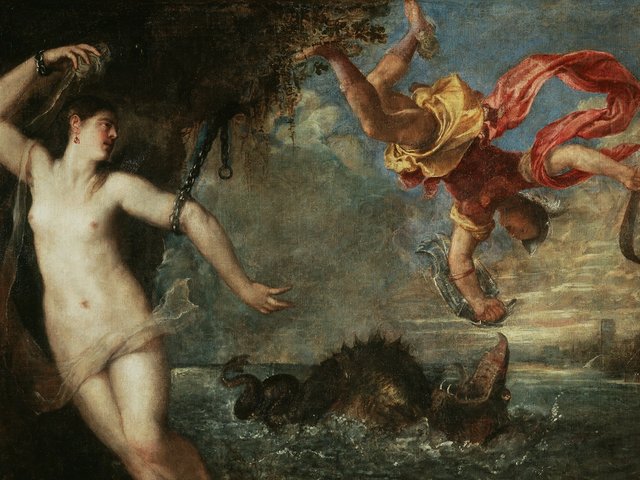It is no coincidence that the new Museum of Scotland opened in November 1998 as Scotland is about to gain its own parliamentary assembly. The new building accommodates the historical collections originally assembled by the Society of Antiquaries from the 1780s onwards, and until recently housed, as the National Museum of Antiquities of Scotland, in the same building as the Scottish National Portrait Gallery. While the museum retains its identity, it is now linked physically, as well as constitutionally, with the Royal Scottish Museum, the museum of “industrial” art in Chambers Street close to Edinburgh’s Royal Mile.
The marriage has taken a while to arrange. Rehousing of the Antiquities has been under discussion since 1952: only the determination of recent Secretaries of State for Scotland has allowed completion of the present structure. The construction and installation costs of £52 million have been met by the Scottish Office, the Heritage Lottery Fund and a fund-raising campaign, launched in Hong Kong and supported by Scots all over the world.
The Museum of Scotland is much more than a new wing; it is effectively a new museum. The Anglo-Scottish firm of Benson and Forsyth has created one of the most striking post-war buildings in Edinburgh (not remarkable, in fact, for its recent architecture) and indeed Europe. On a complex corner site the architects have designed a building filled with apposite allusions, to the extended Scottish castle tradition and to the architecture of “Greek” Thomson and Mackintosh.
The whole building is conceived by the architects as a keep surrounded by thick outer walls. Faced with a honey-coloured Scottish sandstone with dark figuring, the building establishes an uncompromising series of massive irregular forms and broad windows which offer a constant interplay between interior and exterior. The collection is shown on seven floors, with the visitor entering through a great hall which reaches the height of the building. A historical atmosphere is suggested by the complex organisation of spaces, the vertical corridors which slice through the museum and are crossed by narrow and vertiginous balconies, and the variety of staircase forms and irregularly-shaped rooms and passages, quasi-domestic in feeling. This is an outward-looking museum: through the carefully calculated windows and from the roof terrace the visitor gains spectacular views of Edinburgh and the Scottish countryside whose history the museum enshrines. If anything, the impact of the architecture sometimes threatens to overwhelm the displays.
The development of Scotland is recounted in historical displays, chronologically organised from pre-history to the present day. Much thought has been given to creating variety of setting and scale, including (with mixed success) various sophisticated updatings of the period room, a full-scale cruck-frame house, a steam engine. Interpretation of the objects is technically elaborate, though visitors may sometimes find the labelling hard to negotiate.
The museum has been active in commissioning contemporary work. The visitor is greeted by a tapestry by Kate Whiteford, while the pre-history section includes new installations by Eduardo Paolozzi and Andy Goldsworthy. Paolozzi has created twelve life-size figures in which early artefacts are teasingly displayed, while Goldsworthy has constructed powerfully evocative site-specific works, notably four curved slate works suggesting a settlement, in the Early People gallery. These works reinforce the sense that this is no static museum but one filled with dynamic experiment, where the possibilities of contemporary technology and the desire to communicate with as broad an audience as possible are used in the service of a rich display of historical objects. It is a museum of which Scotland can be proud.
Originally appeared in The Art Newspaper as: 'Tartan triumph'




